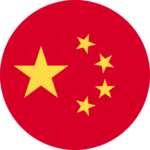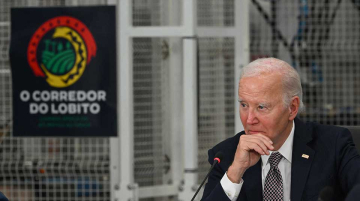For several years now, as debt levels in a number of African countries have risen to alarming heights, Chinese and African officials have reportedly been looking for new ways to evolve the traditional resource-for-infrastructure (RFI) deals that critics on both sides of this relationship contend saddles African countries with unsustainable loans while simultaneously exposing Chinese creditors to unacceptably high levels of risk. Meanwhile, these RFIs also spurred China’s most vocal international critics, namely the United States, to promote the message that China is entrapping poor developing countries in Africa and elsewhere by loading them up with vast amounts of debt that will invariably not be repaid and will result in the forfeiture of vital national assets upon default, according to this controversial premise that has been widely debunked by scholars around the worlds.
“The Angola Model”
China’s engagement in Africa in the contemporary-era began around the mid-2000s as an outgrowth of Beijing’s “Go Out” policy that started to ramp up during President Hu Jintao’s administration. The Chinese economy then was rapidly expanding but Beijing also wanted to increase the country’s international exposure and open new markets for its State-Owned Enterprises (SOEs) that had tremendous excess capacity, particularly in the steel sector. But Chinese firms back then had very little experience operating internationally and often encountered expensive regulatory obstacles in markets like the U.S., Europe, and some Asian countries. Africa, by contrast, had very low barriers to entry and presented the ideal market for these SOEs to take some of their first steps overseas.











